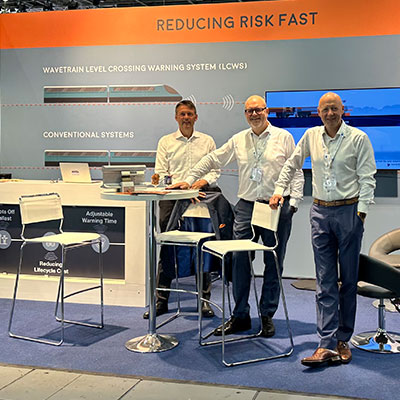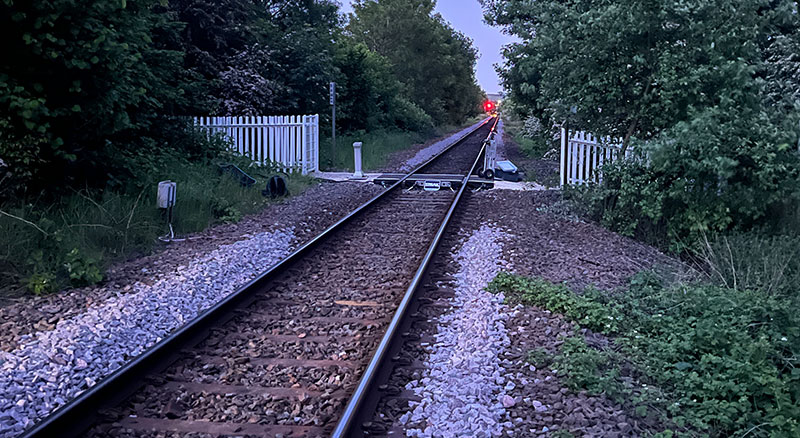
x
W
a
v
e
t
r
a
i
n



